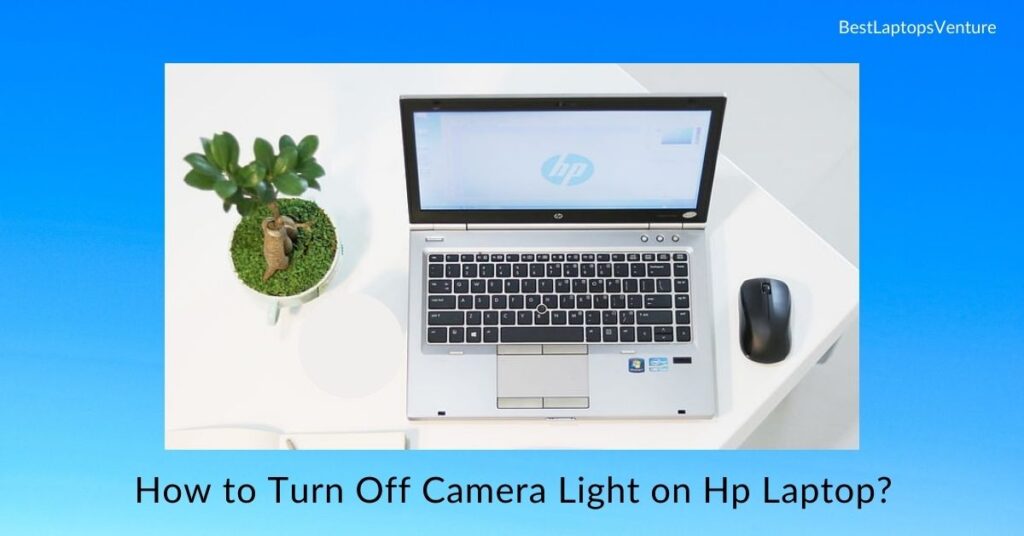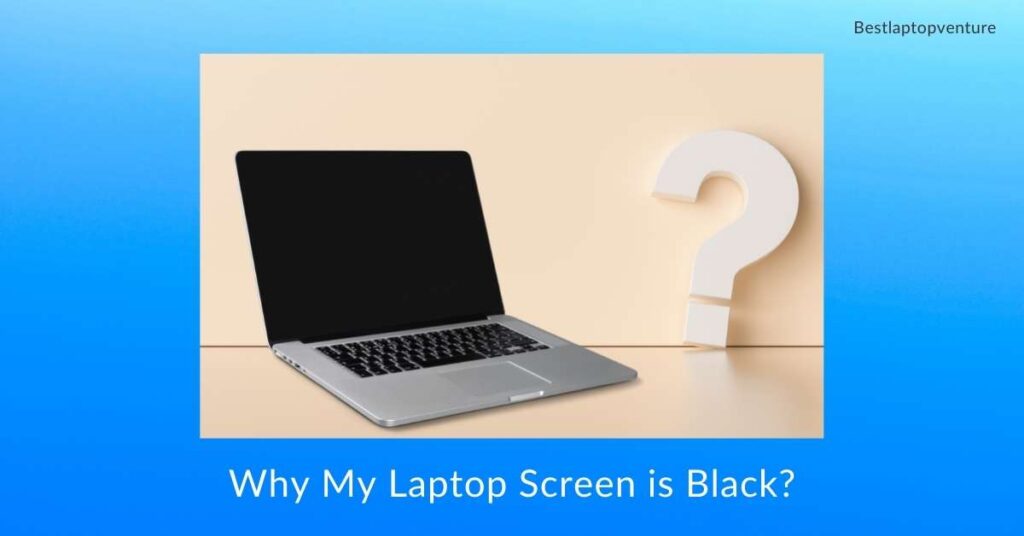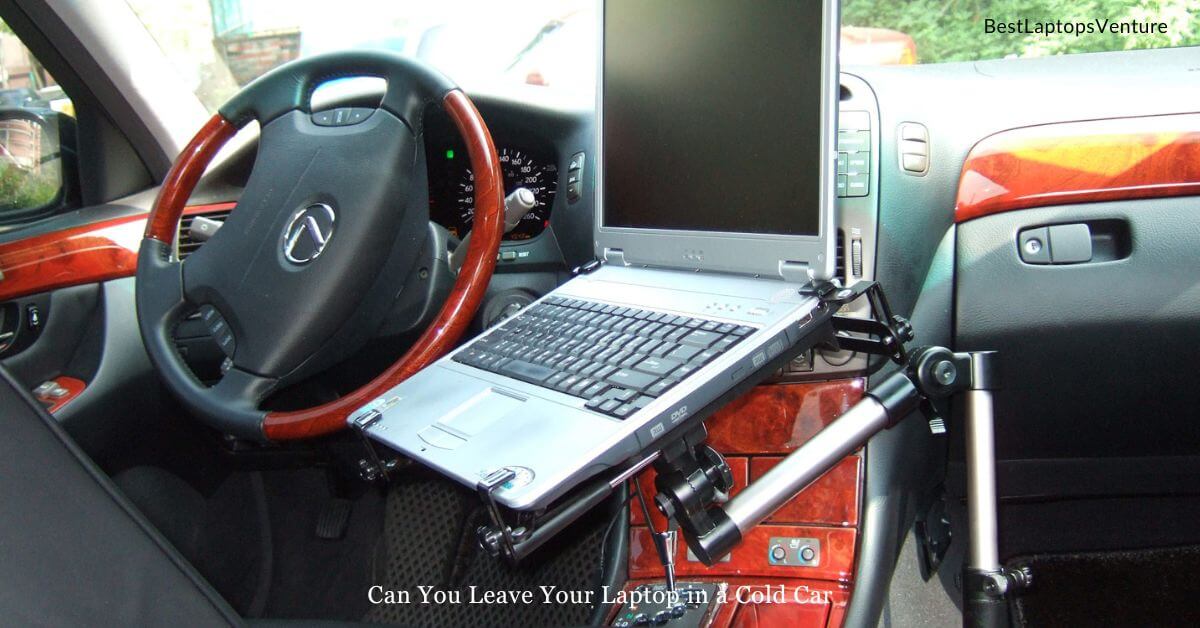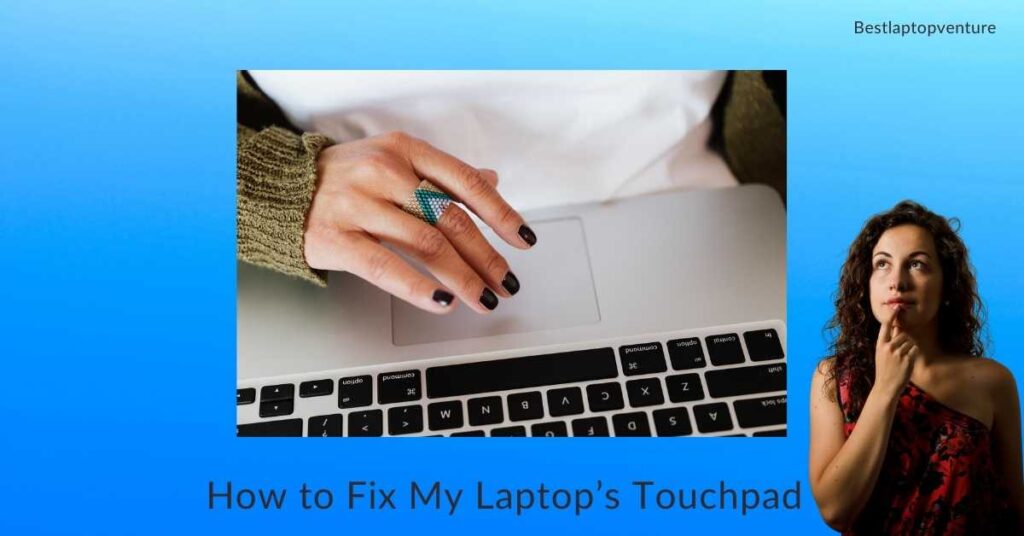
Is your laptop’s touchpad not working? This article describes common reasons why your touchpad is not working and how to fix it.
A touchpad is a standard feature on most laptops. A damaged touchpad can be very painful. Even if you have an extra mouse lying around, it allows you to carry something else with you (and some you might forget while on the go).
But don’t worry. Professionals face such questions every day. They help millions (and growing) of customers troubleshoot their equipment and get the most out of their technology. Check out our tips to get your trackpad (aka mouse) working again.
Why is my laptop’s touchpad not working?
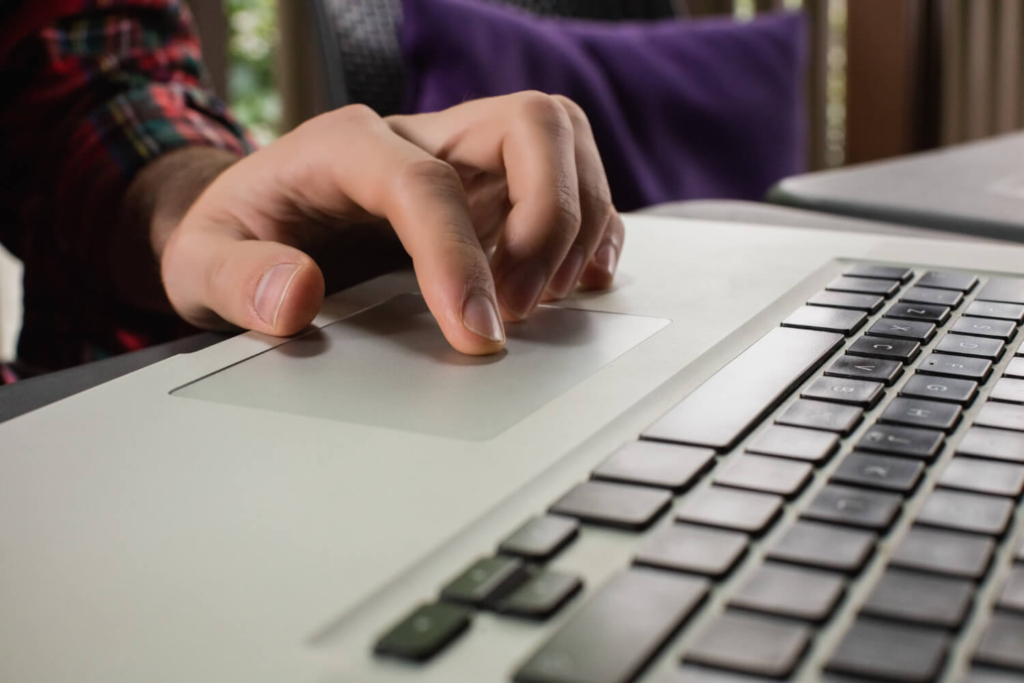
If you have a MacBook®, your laptop’s trackpad can fail for a number of reasons. But if there is a problem with the touchpad, then he will notice two things.
Responses are inconsistent and erratic, or worse, no response at all. Here are some reasons why these issues occur:
- The laptop’s operating system may freeze.
- The laptop’s touchpad settings may be disabled.
- Your laptop’s drivers may be outdated or corrupted.
- Files or software on your laptop may be corrupted.
- Dirt and dust can accumulate on the touch panel.
- The laptop may have a hardware problem.
How to fix a laptop touchpad not working
Whether it’s a Dell®, HP®, or Lenovo® laptop, if you’re having trouble with your trackpad not responding, there are a few things you can do to get your device working again. Here’s how to fix these and other marks, according to our experts:
1. Reboot the system

Turning your computer off and on can fix many problems, like your laptop’s mouse or trackpad not working.
If the operating system stops responding or freezes, other hardware on your laptop may stop working as well. Try turning it off and then on again to see if the problem goes away.
2. Your Hands Or Touchpad Are Dirty
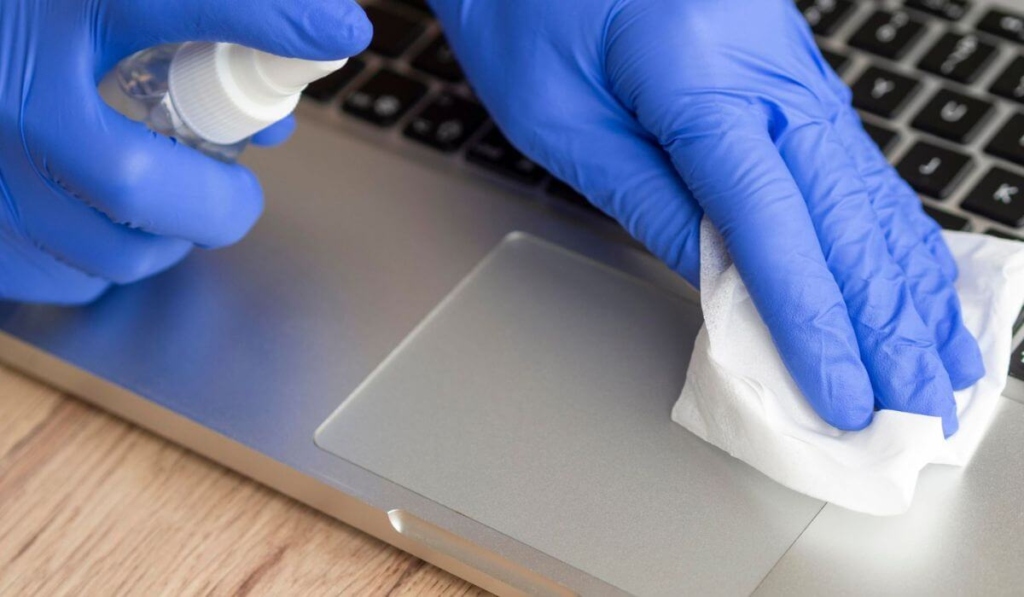
Unless you have a very old laptop, your touchpad is probably capacitive. In other words, it works by sensing a minute electric charge when it touches the fingertip.
Dirt (especially oil) on the surface of the touchpad or on your finger can prevent the capacitive surface from detecting input.
Use a laptop cleaning wipe or a soft cloth moistened with isopropyl alcohol to gently wipe the dirty touchpad. The best way to do this is to shut down your laptop and unplug it.
Isopropyl alcohol will not damage electrical components, but other types of cleaning solutions will. Allow the touchpad to dry before turning on the laptop.
Do you eat lunch at your desk? Oil and dirt from fingers, food, and other substances can build up on the touchpad and cause problems.
Regularly remove this stain with a can of compressed air, a microfiber cloth, a small amount of distilled water, and isopropyl alcohol.
3. Remove the external mouse to activate the touchpad

A second simple but important troubleshooting step if your laptop’s touchpad is not working is to try unplugging any USB mouse attached to your laptop. Also remove any Bluetooth mouse, gamepads, or external devices connected via USB.
This is because some laptops (like Windows and macOS) have the ability to automatically disable the touchpad when an external mouse is attached.
Perhaps that’s why the touchpad stopped working. For best results during testing, shut down the system, remove all non-essential devices and accessories attached, and restart.
If you reboot and the touchpad works again, you have found the problem. Depending on your computer, you may be able to change this setting to keep the trackpad active even when a mouse is attached (see below for details).
4. Double-check your wireless connection

If your wireless mouse has a reset button on the bottom, press it and see if disconnecting and reconnecting fixes the issue.
If you have a USB wireless mouse, unplug the receiver, count to 10, and plug it back in to reestablish the connection.
5. Check your touchpad settings, Enable it
It’s common to accidentally disable the touchpad by pressing the function (Fn) key. However, you can easily re-enable it in Settings.
How to enable your laptop’s touchpad in Windows™ 10:
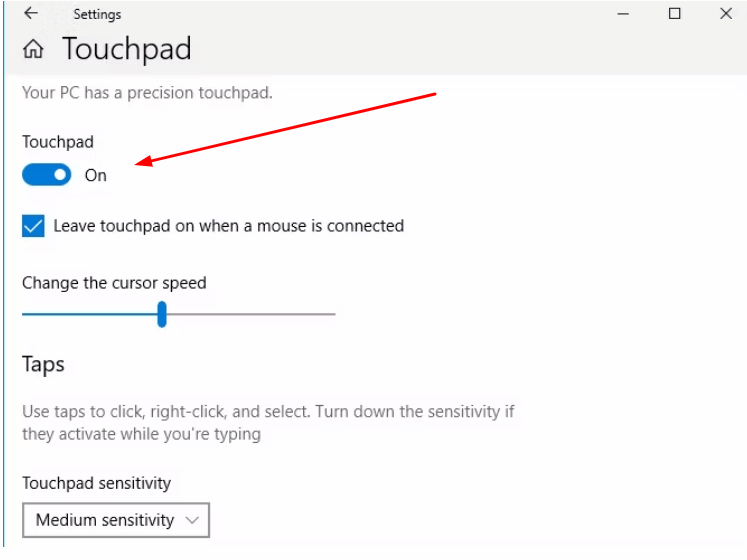
- Press the Windows key and type “touchpad”. Then select “Touchpad Settings”.
- Make sure the touchscreen is active. If disabled, press Shift+Tab to browse the options.
- Press the spacebar to enable the touchpad function and test if the touchpad works.
Looking for a solution for your MacBook trackpad?
Changing device settings is easy:
- Open System Preferences > Accessibility and select Pointer Controls at the bottom of the menu.
- If the “Ignore embedded trackpad when wireless mouse or trackpad is present” checkbox is checked, uncheck it.
6. Check the Fn key combination
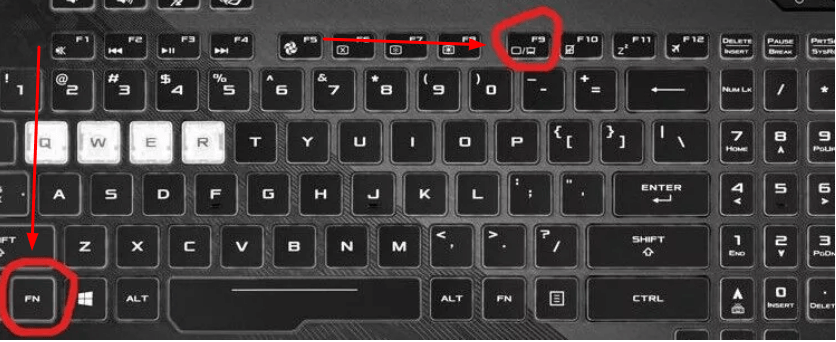
Some laptops have an Fn key feature that disables the touchpad. If this is happening on your computer, you may have accidentally disabled the touchpad by pressing this key combination on your computer.
Of course, this change varies from computer to computer, so I can’t tell you exactly which button to press. (However, many laptops use the F9 key.)
Try pressing the F9 key, or find a key with a square and a line next to the Fn key. If you can’t find them, try each Fn key and see if any of them turn the trackpad back on.
7. Touchpad disable button
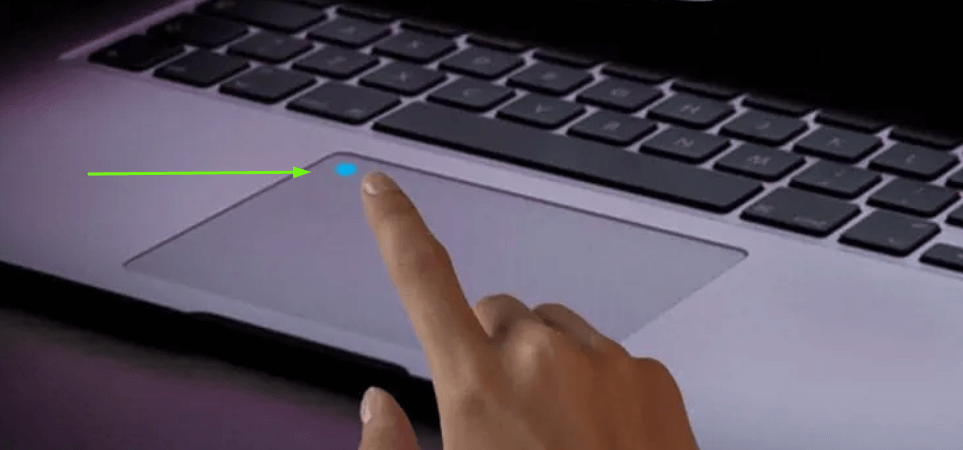
Some touchpads have a built-in disable button. This is usually located in the top corner of the touchpad and is indicated by a logo/icon.
Touch this icon to turn off the touchpad. If there is a small logo/icon in the top corner of the touchpad, double-tap it to see if the touchpad turns back on. Not all laptops have it, but it’s becoming more common.
8. Check your BIOS settings
The touchpad may also be disabled by the motherboard BIOS during a firmware update or due to a virus. If your touchpad doesn’t work, it may be disabled by your motherboard.
To turn it back on, you have to go into your motherboard’s settings.
- Reboot your laptop.
- Press Delete or F2 while rebooting. This will open the BIOS. (Other laptops may use a different key to enter the BIOS. You can usually find out which button to press on the reboot screen or by referring to the manual that came with your laptop. Of course, you can always do a Google search.)
- Locate the internal pointing device setting. The location of this setting varies. If you’ve got those advanced configuration options, you’re probably out of luck. It may also have a slightly different name, such as “internal pointing device”.
- Make sure this setting is set to Enabled. If it’s disabled, it means the touchpad is turned off.
- Click Save Changes and exit.
9. Uninstall the mouse driver
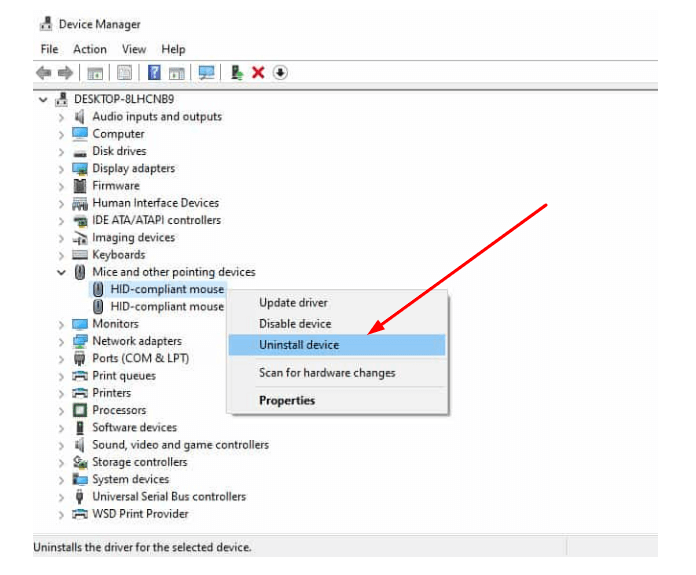
Some external mouse automatically disables the trackpad when connected. If you recently connected a new external mouse, the mouse may have disabled the trackpad. There are various ways to solve this problem.
First, try shutting down your computer.
- Remove the USB external mouse.
- Shut down your computer.
- Power on again.
If that doesn’t work, your mouse may have downloaded a driver that disables the trackpad. To fix this, you need to uninstall the external mouse driver:
- Find “Device Manager” in the lower-left corner of the screen.
- Click on the Device Manager application. This will open a large drop-down menu list.
- Find the drop-down menu labeled mouse and Other pointing devices. Click. This will display a list of all current mouse drivers.
- Then uninstall the mouse drivers one by one. If any of these are causing your touchpad to malfunction, this should fix the issue.
Note: If the problem is caused by the mouse driver, you will need to purchase another mouse unless you uninstall the driver each time.
10. Update the touchpad driver
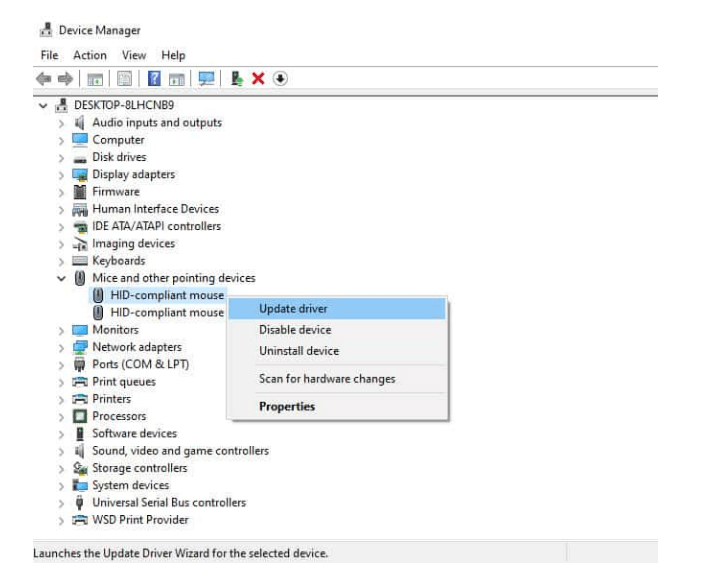
Since you’re already in Device Manager, let’s update the touchpad driver:
- Type Device Manager in the search bar in the lower-left corner of your screen. Click the displayed application.
- Click the mouse and Other pointing devices drop-down menu and find your trackpad in the list of a mouse. It might be called Lenovo Touchpad, Synaptics, or something similar. Sometimes called an “HID-compliant mouse”. If you are also using an external mouse and there are two entries for “HID Compliant Mouse”, the one without USB is in the “Touchpad Location” properties.
- Click the Update Driver option.
- Wait for the driver’s update.
- Restart your computer.
11. You need to install a system update
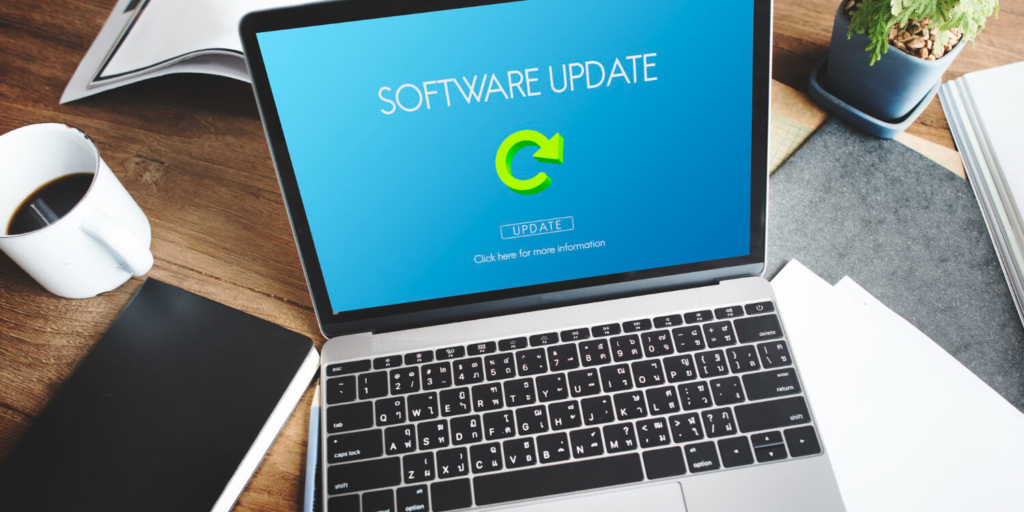
Both Microsoft and Apple regularly release system software updates. System updates improve security, fix known issues, and generally keep your computer running smoothly. It can solve many problems, such as software conflicts that prevent the touchpad from working.
In Windows, open Settings > Update & Security > Windows Update. Click the Check for Updates button to download and install any available updates.
On your MacBook, click Apple Menu > System Preferences > Software Update. Check for any available updates and click the Update Now button to install.
12. What if it still doesn’t work?
I hope one of these fixes helps. If not, you either have a hardware problem or you have a virus. It’s possible that your system files are corrupted, but there could be other issues as well.
13. Touchpad still not working? Possible hardware problem
The above steps should resolve most trackpad issues. However, the mouse pad may still not work.

In this case, there may be a problem with your hardware. Perhaps the cable is damaged or the touchscreen is damaged. In this case, you should take your computer to a repair shop for expert advice, or simply start using an external mouse.
You can buy a decent mouse cheaply and keep using it. Know what to look for when buying anything!
14. If all else fails, use your mouse
If you have followed all the steps above and are still unable to resolve your touchpad issue, there may be a hardware issue. Check with your laptop manufacturer to see if it’s under warranty. You can repair or replace the touchpad yourself, but be aware that technical DIY repairs are not recommended in all cases.
Of course, you can also use a mouse instead of the trackpad. There are plenty of great Bluetooth mouse out there, but if you don’t mind cables, you can also use a wired USB mouse.



